 |
Jürgen Haible |
|
Note: The original Jürgen Haible website is no longer active but PCBs are being released at http://www.jhaible.com.
I built a Jürgen Haible Living VCO module as discussed on the Electro-Music forum. This is a very dense PCB with lots of connectors and front panel wiring.
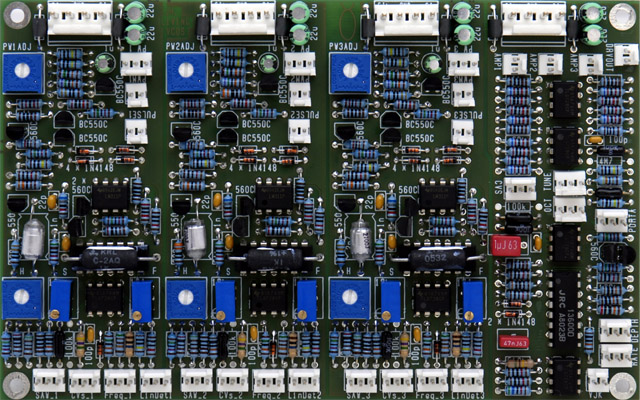
|
Assembly Notes:
|
|
Modification Notes:
|
Living VCO Mouser part numbers Updated
Living VCO modifications and front panel wiring
I made a bracket out of 0.050" aluminum and a daisy chain power cable to connect to the four sections. The part numbers for the single-ended and feed-thru connectors and dust covers are in my Living VCO Mouser part number document. The feed-thru wires are stripped in the middle where they connect to the sockets (e.g. one single length of wire with a section of insulation missing in three places). I press the wires in and solder them to the connectors. I piggyback another wire in the middle connector and solder it on top of the other connection. It is tight but manageable.
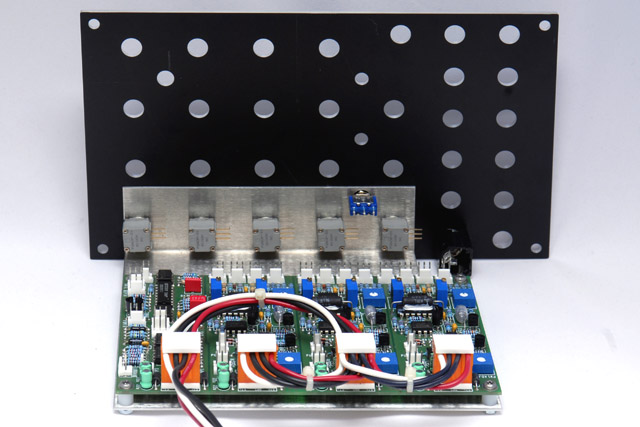
I built the enhancement PCB on a small piece of vectorboard and made a second bracket out of 0.050" aluminum.
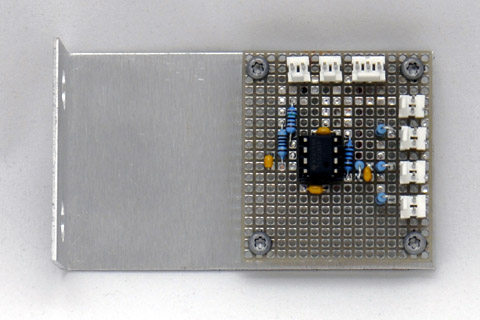
Here is the finished module with lots of panel wiring. I really like the mixer for the three outputs. The LFO LED would be more useful if the brightness varied with the depth CV.
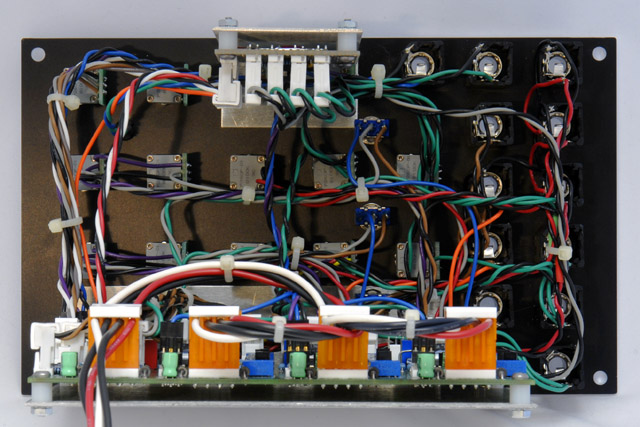
Operation
Here is a scope image of all three VCOs at 1000 Hz. There is absolutely no indication of VCO locking.
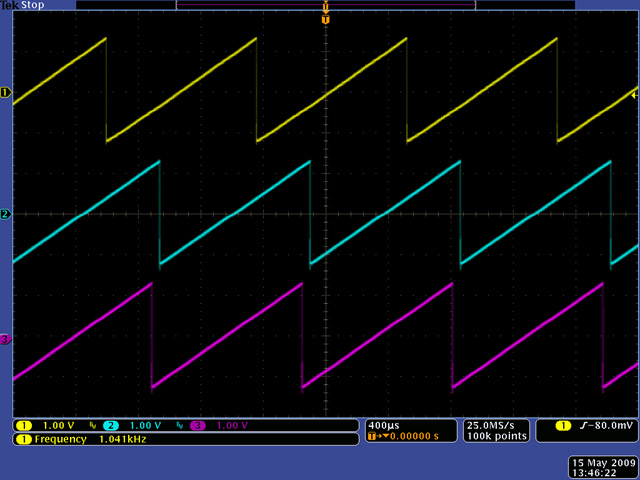
Here is a scope image of VCO-1 saw and pulse outputs.
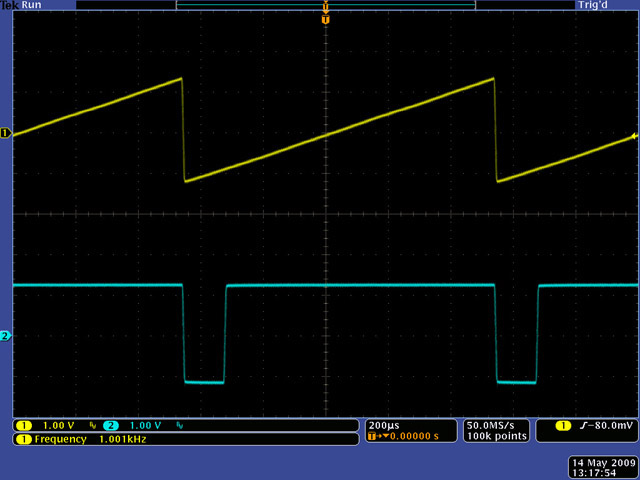
This short video shows the operation LVCO and the stability of the three oscillators. I operate the Detune controls and show the very fine adjustments that can be made.
Panel
I developed several front panel designs that are shown here. I purchased a quantity of BI Technologies potentiometers so I am using Coarse and Fine controls similar to my other modules.
This 3U panel design features VCO controls in a vertical format. There is a master 1V/Oct input. The CV Out is normalled to VCO2 which is normalled to VCO3. The FM inputs are normalled in a similar manner. There are master Width and PWM controls and a single PWM input. Detune controls are only used for VCO2 and VCO3. Each VCO has a separate output and there is a mixer with individual attenuators for an inverted mix output.

Living VCO FrontPanelExpress design file